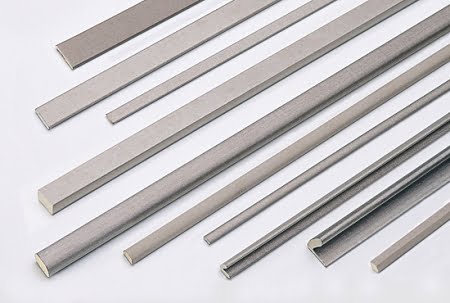Electromagnetic interference (EMI) can disrupt electronic devices, equipment, and systems (used for critical applications) when they are in the vicinity of an electromagnetic field and radio frequency spectrum of another electronic device. In short, the electromagnetic fields are generated in the internal circuits in the presence of an RF range that disrupts these devices.

Applications of EMI shielding could be seen in various sectors mentioned below-
- Medical
- Military
- Aerospace electronics
- Mass transit systems
- Industrial touch screens
- Navigation
- Vehicular control systems
EMI shielding materials are designed to offer customers the ultimate design flexibility. EMI shielding company providers can create such devices only when they know how the application environment’s electromagnetic energy can cause interferences. The results can vary from temporary disturbances to system failures or the loss of data. However, with the lack of EMI awareness, the designers may fail to design a gasket that provides adequate protection against EMI in the RF spectrum.
Gaskets are used in industrial applications to prevent leaks in equipment and to protect it against environmental conditions by sealing it. Gaskets are of various types, providing electromagnetic shielding, which guards the material against electromagnetic emissions. Besides, they also dampen the emissions produced by the device itself.
Due to their requirements, various EMI gaskets are available that may vary in material, thickness, size, and shape. Besides checking design and geometry, it is important to count other factors such as shielding performance, electrical conductivity, compression forces, compressibility, corrosion control, and environmental conditions when choosing an EMI gasket.
EMI shielding specialists can provide their customers with a complete line of conductive EMI shielding gasket designs with EMI shielding and environmental sealing applications. However, let us look at the four essential varieties of gaskets-
1) Wire Mesh Gaskets-
You can get maximum shielding effectiveness over a wide variety of frequency ranges because they can offer adequate EMI resistance. They can be designed from a range of metal wires like Monel, aluminum, and tin-plated copper-clad steel, which is why they are cost-effective and can be used in low-cycle applications. Wire mesh gaskets are flexible, conductive, and require minimal compression force.
2) Knitted Wire Gaskets-
When it comes to knitted wire gaskets, they can be materialized through close-knit stitch, offering high-impact EMI shielding along with the smooth and soft surface. You can achieve outstanding resilience and minimum compression force with knitted mesh gaskets. Using elastomer core mesh can provide you with a dual advantage of exceptional elasticity and shielding effectiveness.
3) Fabric Over Form Shielding Gaskets-
Fabric over foam provides high performance with outstanding shielding attenuation and conductivity. If you are looking for gaskets for applications where low compression force is required, go for fabric shielding gaskets. They come in different shapes, sizes, and thickness to meet your design requirements and are generally used in the grounding of medical electronic equipment apertures and seams.
4) Metal RF Gaskets-
They could be made up of different metal materials to offer high shielding performance and physical compression range. Mostly Copper Beryllium is used since it has excellent spring and conductive properties.










